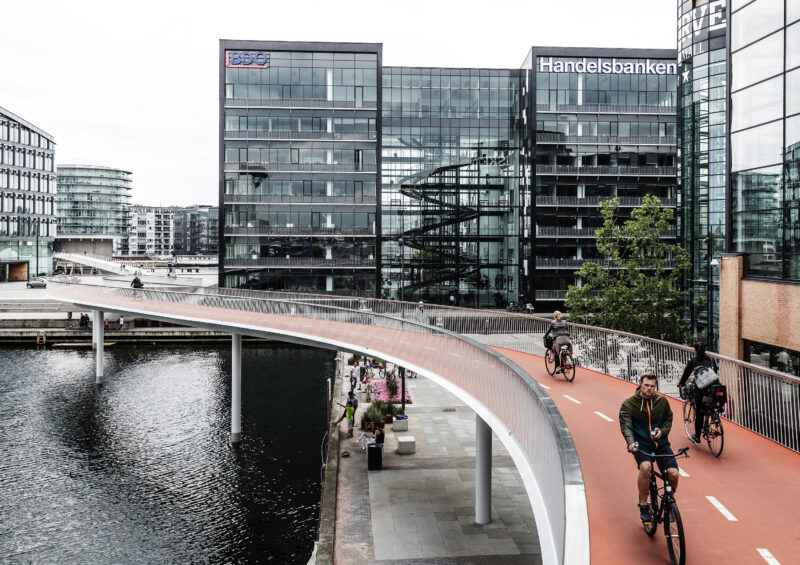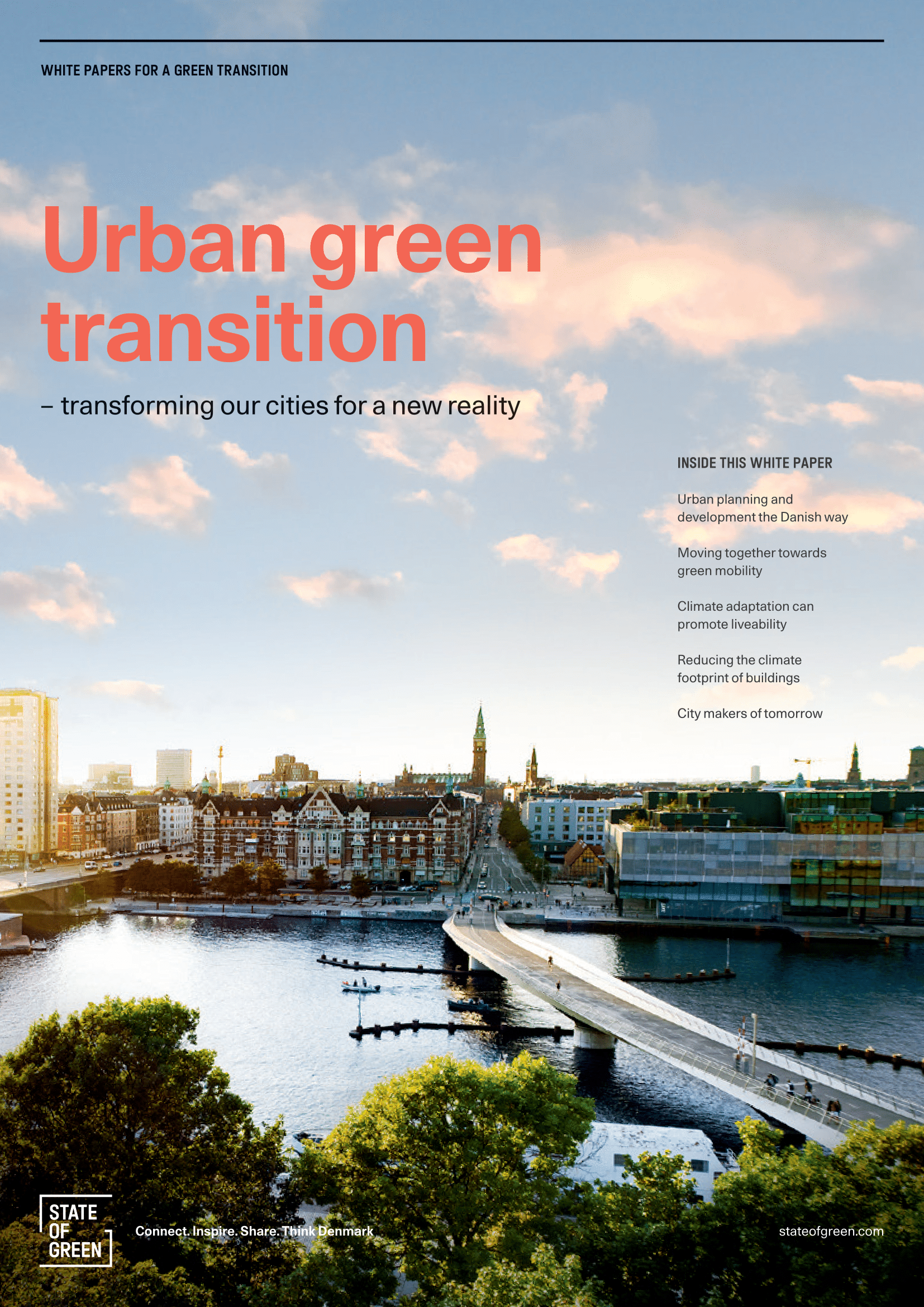Solution provider

Case
Smart cities
Smart energy systems
Urban infrastructure planning
+1


Add the case to your visit request and let us know that you are interested in visiting Denmark
The Bicycle Snake transit pathway in Copenhagen is a great example of a sustainable urban mobility project that recognises infrastructure as public space, showing how the experience of a piece of architecture can unlock urban space and increase commuter wellbeing.
The project sought to move a high volume of cyclists from Vesterbro into the harbour area while keeping both pedestrians and cyclists safe. Seeking to reimagine commuting into something rewarding, it needed to serve diverse user groups – including those not directly crossing it.
The elevated 230-meter two-way bike lane at first-floor level prioritises functionality in a way that both reduces and enhances visual impact. The decision to stretch it out, and curve it as it crosses the water makes it more joyful to ride on, with less steep gradients and better curvature.
The project creates social value by improving quality of life for the 20,700 cyclists that cross it daily, as well as through uplifting urban space. It promotes physical wellbeing, resulting in 40% more cyclists around the route. It has also enriched an area previously seen to be ‘uninviting’ and has enabled urban planners to create differentiated user experiences on the quay.

This case is a part of the white paper “Urban Green Transition”. Discover Denmark’s plans for transforming our cities for a new reality.
Explore the white paper